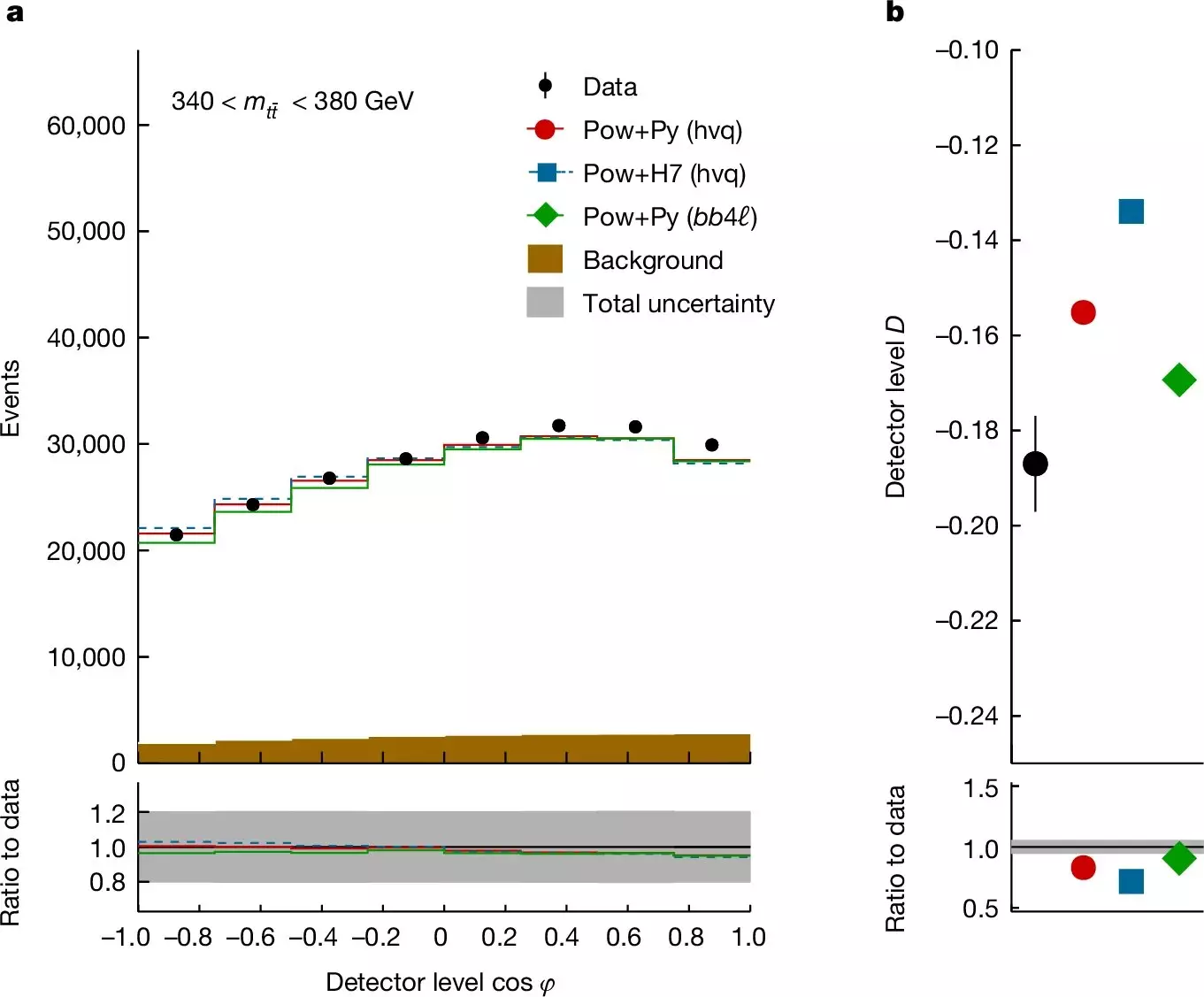Quantum entanglement stands as one of the most mesmerizing and perplexing phenomena in the realm of quantum physics, which delves into the behavior of subatomic particles. When two particles become entangled, they establish a unique connection such that the state of one instantly influences the state of the other, regardless of the distance separating them. Unlike classical physics, where local interactions define relationships, quantum entanglement defies conventional logic, rendering it a cornerstone of modern physics. This peculiar nature has prompted extensive research, revealing its implications in various fields, including quantum computing and cryptography.
The significance of quantum entanglement was recently underscored when the 2022 Nobel Prize in Physics recognized the pioneering contributions of Alain Aspect, John F. Clauser, and Anton Zeilinger. Their experiments with entangled photons corroborated the theoretical framework laid down by John Bell, showcasing the practical applications of entanglement in quantum information science.
While quantum entanglement has been a topic of study in various experimental settings, its exploration in high-energy environments, such as those found in particle colliders, has remained relatively nascent. In a pivotal article published in *Nature*, a collaboration named ATLAS made headlines by documenting the first observation of quantum entanglement at the Large Hadron Collider (LHC) between top quarks—fundamental particles and the heaviest known entities in the standard model of particle physics. The results, first disclosed in September 2023, have since been affirmed by independent analyses from the CMS collaboration, marking a significant leap in our understanding of quantum interactions.
The implications of these findings extend beyond mere academic curiosity. ATLAS spokesperson Andreas Hoecker remarked on the groundbreaking nature of observing entanglement in such a high-energy regime, emphasizing that it paves the way for a deeper exploration of quantum physics. This discovery could dramatically shift current paradigms and provide new tools for investigating the intricate mechanisms that govern particle interactions at the quantum level.
The key to the ATLAS and CMS collaborations’ success in observing entangled top quarks lay in the innovative methodology they employed. Their approach capitalized on selecting pairs of top quarks produced during high-energy proton-proton collisions, specifically targeting instances where these quarks emerged with minimal relative momentum. This careful selection increased the likelihood that the spins of the particles would be significantly entangled.
Understanding the entanglement was further facilitated by analyzing the angular orientation of the electrically charged decay products resulting from the top quarks. By assessing the angles at which these decay products were emitted, researchers could infer the entanglement degree and existence of spin correlations. Remarkably, both the ATLAS and CMS teams reported a statistical significance beyond five standard deviations, bolstering the reliability of their findings.
In a subsequent study, the CMS collaboration expanded its investigation to pairs of top quarks produced with high momentum—the observation of which presents yet another layer of complexity. The theoretical framework surrounding this phenomenon suggests that classical information exchange between particles may not suffice in this high-energy interaction, implying that the dynamics at play are governed by more profound quantum principles.
By successfully detecting spin entanglement in this framework, CMS showcased the potential of harnessing quantum mechanics to test the Standard Model of particle physics in novel ways. Patricia McBride, spokesperson for CMS, highlighted the exciting prospects that lie ahead: the ability to probe new physical scenarios and possibly uncover phenomena that extend beyond the current understanding of physics.
The observations made by the ATLAS and CMS collaborations mark a pivotal moment in the field of particle physics and the study of quantum phenomena. These breakthroughs not only illustrate the capabilities of cutting-edge technology in unraveling the mysteries of quantum mechanics but also expand the horizons for future research endeavors. With growing data samples and refined methodologies, scientists can delve deeper into the marvels of quantum entanglement and explore its implications in understanding the fundamental nature of matter.
The recent advancements in observing quantum entanglement at the LHC signify a promising new chapter in physics, bridging theoretical predictions with experimental reality. As researchers continue to investigate and understand the implications of these findings, the potential for groundbreaking discoveries in quantum physics and beyond remains vast and exhilarating. The future of science, poised on the edge of quantum intricacies, awaits further exploration, experimentation, and the inevitable unveiling of new truths about our universe.


Leave a Reply